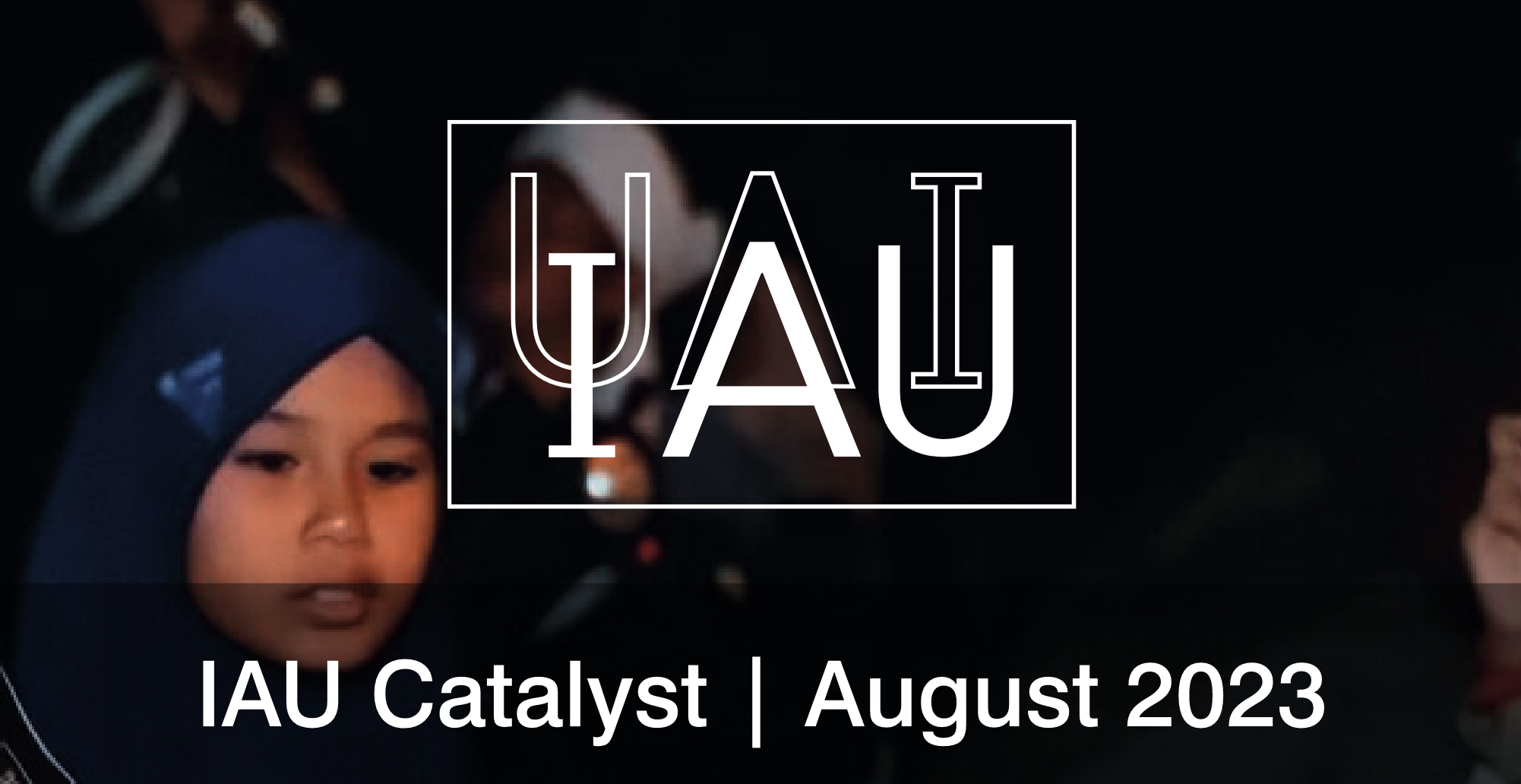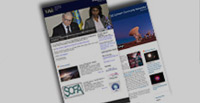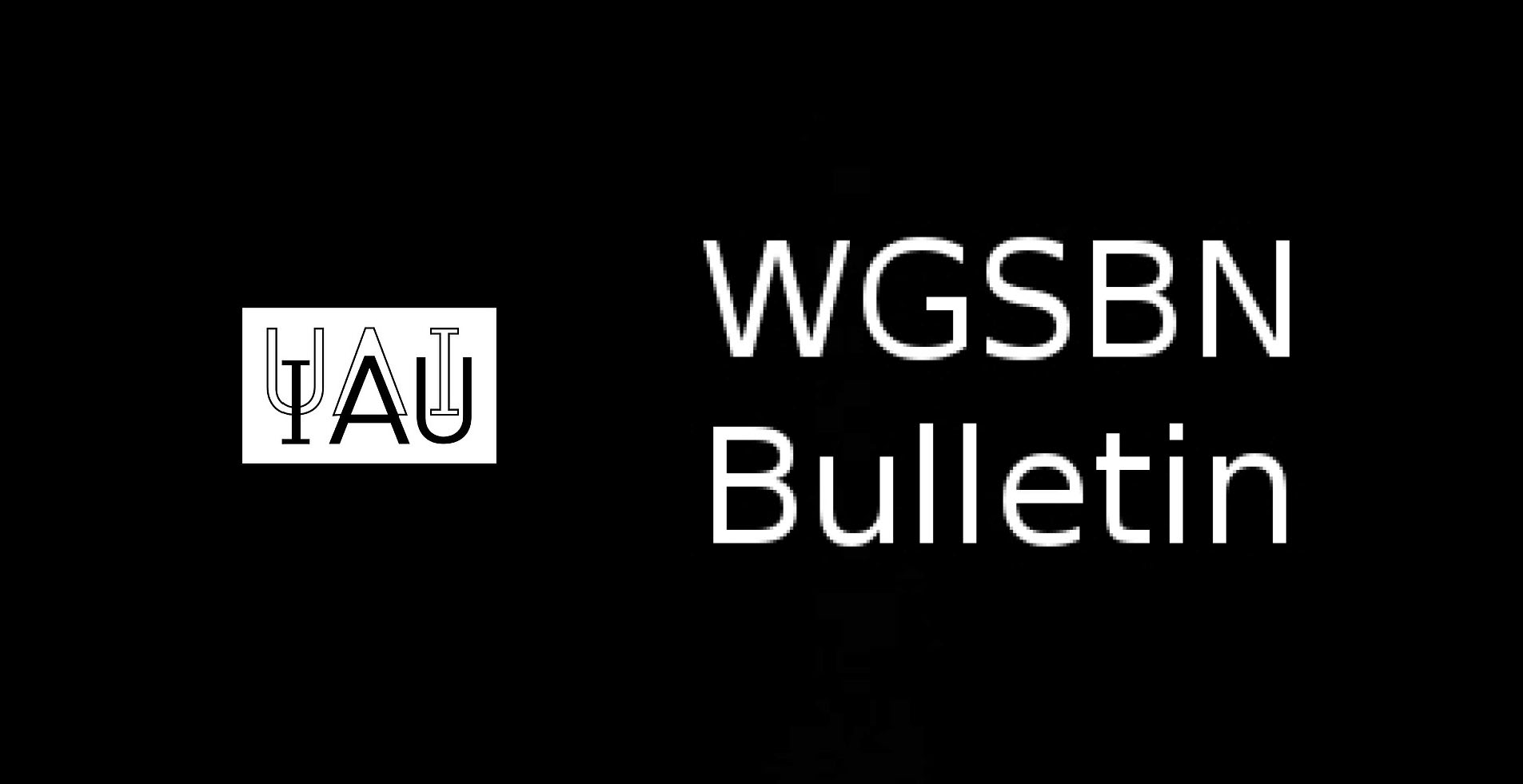- News
- Science
- Scientific Bodies
- Divisions
- Commissions
- Commission A1 Structure
- Commission A2 Structure
- Commission A3 Structure
- Commission A4 Structure
- Commission B1 Structure
- Commission B2 Structure
- Commission B3 Structure
- Commission B4 Structure
- Commission B5 Structure
- Commission B6 Structure
- Commission B7 Structure
- Commission C1 Structure
- Commission C2 Structure
- Commission C3 Structure
- Commission C4 Structure
- Commission C5 Structure
- Commission D1 Structure
- Commission E1 Structure
- Commission E2 Structure
- Commission E3 Structure
- Commission E4 Structure
- Commission F1 Structure
- Commission F2 Structure
- Commission F3 Structure
- Commission F4 Structure
- Commission G1 Structure
- Commission G2 Structure
- Commission G3 Structure
- Commission G4 Structure
- Commission G5 Structure
- Commission H1 Structure
- Commission H2 Structure
- Commission H3 Structure
- Commission H4 Structure
- Commission J1 Structure
- Commission J2 Structure
- Commission J3 Structure
- Commission X1 Structure
- Commission X2 Structure
- Past Commission Organising Committees
- Working Groups
- Centres
- Scientific Meetings
- Rules & Guidelines
- General Assemblies
- Meeting Proposals
- Future IAU Meetings
- General Assemblies
- EC Meetings
- Officers' Meetings
- Regional Meetings
- Symposia
- Focus Meetings
- Institutional Meetings
- IAU Offices Meetings
- IAU-Sponsored Meetings
- Letters of Intent submitted for 2024
- Letters of Intent submitted for 2023
- Letters of Intent submitted for 2022
- Letters of Intent submitted for 2021
- Letters of Intent submitted for 2020
- Past IAU Meetings
- Templates
- Other Meetings
- Grants & Prizes
- Scientific Bodies
- Publications
- IAU Publications
- IAU Strategic Plan
- Symposia
- WGSBN Bulletins
- Regional Meetings
- Information Bulletins/Catalyst
- E-Newsletters
- Focus Meetings
- Transactions A
- Transactions B
- Related Publications
- GA Newspapers
- CAPjournal
- IAU Books
- Brochures
- IAU Offices
- WG Reports
- Commission Reports
- Division Reports
- Past IAU Publications
- Rules, Guidelines and Instructions for Proceedings
- Publishers
- IAU Publications
- Administration
- About the IAU
- Statutes & Rules
- IAU Policies
- IAU Executive Bodies
- IAU Secretariat
- Resolutions
- Members Administration
- Administrative Dates & Deadlines
- International Organisations Relations
- Donate to the IAU
- Training in Astronomy
- Astronomy for Education
- Astronomy for Development
- Astronomy for the Public
- Office for Astronomy Outreach
- FAQ
- Themes
- Satellite Constellations
- Astronomy in Everyday Life
- How to Report a Discovery
- Careers in Astronomy
- Defining our Place in the Cosmos
- The Constellations
- Light Pollution
- Measuring the Universe
- Near Earth Objects
- How to Participate in Astronomy Research
- Naming of Astronomical Objects
- Naming of Exoplanets
- Buying Star Names
- Naming Stars
- Pluto and the Solar System
- IAU Member Statistics
- Our Moon: the Moon
- Meteors & Meteorites: The IAU Definitions of Meteor Terms
- UNESCO-IAU Portal to the Heritage of Astronomy
- Social Media
- Past Events
- Call for Online Resources
- Astronomy@Home Awards
- Contact
Rodney D. Davies
United Kingdom
1930-2015
Obituary:
Rod was born in Balaklava, South Australia, on January 8th 1930 and died on November 8th 2015. He studied physics at Adelaide University and there at the Student Christian Movement he met his wife-to-be, Beth, whom he married in 1953. Growing up under the brilliance of the star-studded Australian sky, with his enquiring mind, and the good fortune of early career opportunities, he became inspired to dedicate his life to observing and understanding the Universe. Astronomy was to become his life passion.
His first job was with CSIRO as a research officer in the Radiophysics Division in Sydney. His first work was in setting up equipment and making measurements of radio bursts from the Sun. In 1953, aged 23, Rod wrote from Australia to Bernard Lovell at Jodrell Bank; Bernard was a wartime friend of his boss at CSIRO in Australia, Joe Pawsey. Bernard replied inviting him to become an Assistant Lecturer at the University of Manchester. Rod left his post at Jodrell Bank only once, to return on sabbatical to CSIRO in Sydney in 1963.
At Jodrell Bank, work challenged and delighted him for the next 62 years. He was awarded a PhD in 1956 for measurements of the 21 cm spectral line of Galactic neutral hydrogen, and of 1420 MHz continuum emission from radio sources and the Galactic background. He used the 21 cm line to make distance measurements of the brightest radio sources. The external examiner, Jan Oort from the Netherlands, did not agree with some of the radio measurements, including the distance to the Galactic supernova remnant Cassiopeia-A. Rod had estimated a distance of ∼2.5-3 kpc while optical absorption data suggested a much lower value of ∼500 pc. Indeed Oort requested additional discussion and corrections before the thesis would finally be published! However, as was to be the case on many future occasions, Rod was proved to be correct – the latest value is 3.4 kpc.
During his career Rod worked on numerous fields of astronomy, including solar physics, Galactic and extragalactic astronomy, and cosmology. With the 76m Lovell telescope to hand, he made measurements of atomic hydrogen using the 21cm line from our Galaxy (e.g. Davies et al., 1963) and nearby galaxies and the intergalactic medium (e.g. Davies et al., 1964). He was one of the first to use the line-splitting Zeeman effect to constrain the magnetic field strength (Davies et al., 1960) and radio recombination lines to study the warm ionized gas (Davies, 1971). He also led an optical survey of the Large Magellanic Cloud (LMC), known as the DEM survey (Davies, Elliot & Meaburn, 1975), which is still used to identify some of the large star formation regions in the LMC.
In the late 1970s Rod became interested in the detection of fluctuations in the cosmic microwave background (CMB). He made initial observations at Jodrell Bank during the cold winters in the late 70s and early 80s. However, it became clear that the Manchester weather and atmosphere was limiting the sensitivity at these high radio frequencies (5 GHz and above).
Rod then made the bold move to take his instruments to an altitude of 2400m on the island of Tenerife to substantially reduce interference from atmospheric water vapour. This started in 1984 with an experiment working at 10 GHz on angular scales of 8 degrees. Rod recognized that Galactic contamination could be a problem as new ground-breaking levels of sensitivity were reached and so pushed for further experiments at higher frequencies of 15 and 33 GHz using the latest state-of-the-art low noise amplifiers. In 1987, Rod and his collaborators were almost at the level of detecting the CMB anisotropies (Davies et al. 1987), which were decisively detected by the COBE-DMR satellite in 1992. Later Tenerife measurements did finally detect CMB fluctuations and provided state-of-the-art data throughout the 1990s (e.g., Davies et al. 1996).
The legacy of the Tenerife experiments spurred numerous CMB-related experiments including the Cambridge Anisotropy Telescope (CAT) located at Lords Bridge and then the Very Small Array (VSA), which made accurate CMB power spectrum measurements in the early 2000s. Most importantly, it put him in a driving seat for the Planck mission – ESA’s medium-sized satellite mission to map the CMB. The technology development to build low noise amplifiers allowed Manchester to build the 30 and 44 GHz amplifiers for Planck and the expertise built up in CMB studies, especially in the area of assessing and interpreting foregrounds was dear to Rod’s heart (see for example Davies et al., 2006). This early cosmology work was the foundation in Manchester for what is now one of the largest and most successful cosmology groups in the U.K.
After his retirement in 1997, he remained at Jodrell as an Emeritus Professor. For 18 years he was a member of the Planck Satellite team and co-coordinator of the Planck Galactic and Solar-System Science working group. His most recent publication using data from Planck was published in August 2015. Even though formally retired, Rod was incredibly active during retirement, and could be seen around the department most days. He loved working with students, and many MSc and PhD students acknowledge that Rod was a major influence on their work. Many of these students have continued in academia and are pursuing their own teaching and research careers. He was loved by everyone who crossed his path – demonstrated by dozens of condolence messages from around the world.
Rod was appointed Professor of Radio Astronomy in Manchester in 1976. He was Secretary of the Royal Astronomical Society from 1978 to 1986 and then President from 1987 to 1989. In 1988 he became the Director of the Manchester University Observatory at Jodrell Bank. One of his major achievements as director was in ensuring a proper level of funding for the MERLIN array as a national facility – which it still is to this day. He was made an FRS in 1992 and received a CBE in the Queen’s Birthday Honours in 1995. Rod published nearly 500 research papers encompassing work in nearby solar astronomy, intergalactic studies, and ultimately, as a leader of CMB research, papers looking at the origins of time and space.
In his later years he battled with cancer. Nevertheless, no-one ever suspected anything. He continued to be a major presence within the department throughout his “retirement”. In particular, he co-supervised numerous MSc and PhD students during this time, many of which, owe their careers to Rod. Only in the last 2 months did his health decline, stopping him working at his usual rate.
Contributed by Clive Dickinson (adapted from an article in Astronomy and Geophysics, with permission from the Royal Astronomical Society)
Past affiliation(s) within the IAU
- Past Chair of Resolutions Committee (1991-1994)
- Past Organizing Committee Member of Commission 28 Galaxies (1976-1979)
- Past Organizing Committee Member of Commission 28 Galaxies (1973-1976)
- Past Organizing Committee Member of Commission 40 Radio Astronomy (1970-1973)
- Past Organizing Committee Member of Commission 34 Interstellar Matter (1967-1970)
- Past Member of Inter-Division X-XII WG Historic Radio Astronomy
- Past Member of Division B Facilities, Technologies and Data Science (until 2015)
- Past Member of Division C Education, Outreach and Heritage (until 2015)
- Past Member of Division H Interstellar Matter and Local Universe (until 2015)
- Past Member of Division J Galaxies and Cosmology (until 2015)
- Past Member of Commission B4 Radio Astronomy (2015-2015)
- Past Member of Commission C3 History of Astronomy (2015-2015)
- Past Member of Commission 28 Galaxies (until 2015)
- Past Member of Commission H1 The Local Universe (2015-2015)
- Past Member of Commission 33 Structure & Dynamics of the Galactic System (until 2015)
- Past Member of Commission 34 Interstellar Matter (until 2015)
- Past Member of Commission 40 Radio Astronomy (until 2015)
- Past Member of Commission 41 History of Astronomy (2003-2015)
- Past Member of Inter-Commission B4-C3 WG Historical Radio Astronomy (Inter-Union IAU-URSI) (2015-2015)
- Past Member of Commission 40 WG Historic Radio Astronomy (until 2015)
- Past Member of Division VI Interstellar Matter (until 2012)
- Past Member of Division VII Galactic System (until 2012)
- Past Member of Division VIII Galaxies & the Universe (until 2012)
- Past Member of Division X Radio Astronomy (until 2012)
Search individual members

















